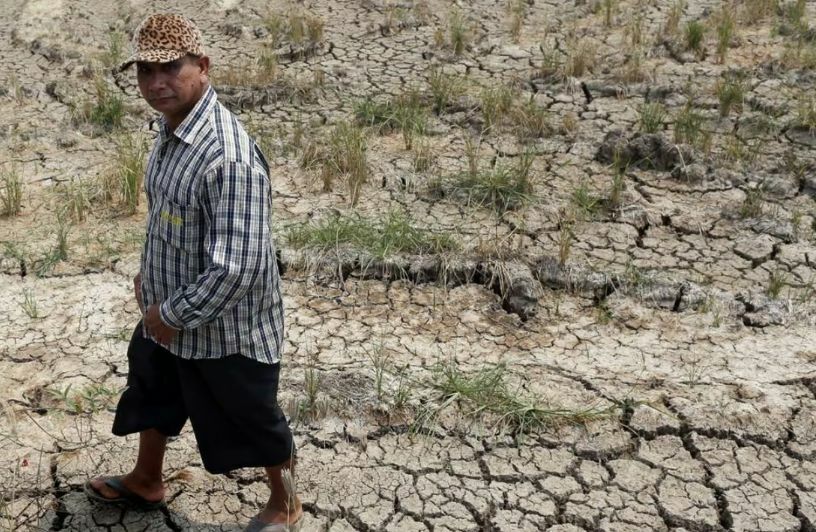El Nino triggers drought risk for 16.5 million rai of Thai agricultural land

Agriculture and Cooperatives Ministry confirmed yesterday that an estimated 16.5 million rai of agricultural land nationwide will be impacted by reduced rainfall due to the El Nino phenomenon this year. The ministry’s deputy permanent secretary, Apai Sutthisang, expressed concern over the impending dry season, particularly as the effects of El Nino are predicted to intensify in November.
The Royal Irrigation Department anticipates that by the close of this year’s rainy season in November, the country’s 35 primary reservoirs will contain approximately 22.8 billion cubic metres (m³) of water. This is a decrease of around 13 billion m³ compared to the previous year due to the unprecedented impacts of El Nino.
If current rainfall patterns persist, by November, the four largest dams in the country – Bhumibol Dam situated in Tak, Sirikit Dam in Uttaradit, Kwai Noi Bamrung Daen Dam in Phitsanulok and Pasak Jolasid Dam in Lop Buri – will collectively contain 6.8 billion m³ of water. This is a reduction of 7.7 billion m³ compared to last year.
Consequently, nearly 16.5 million rai of cultivable land will be affected by El Nino. Of this, 7.3 million rai are located across the 22 provinces forming the Chao Phraya Basin.
To combat the looming dry season, authorities have devised several strategies. First, they will encourage the cultivation of alternative crops that exhibit greater drought resistance, such as beans, in place of a second rice crop, reported Bangkok Post.
Secondly, local authorities will identify alternative water sources to irrigate the affected farmlands. The ministry will also collaborate with relevant agencies to promote alternative employment opportunities in areas where a second rice crop cannot be planted to mitigate the impact of El Nino.
The final measure, according to Apai, involves conserving water during the subsequent rainy season.
In the meantime, water levels at Lam Takhong Dam in Nakhon Ratchasima have dropped to a ten-year low, with the dam currently holding a mere 133 million m³ of water. This constitutes 42% of its total capacity.
Yutthasart Teerawattana, director of the dam’s water irrigation and maintenance department, stated that this situation has affected a total of 277,000 rai across ten villages.
Latest Thailand News
Follow The Thaiger on Google News:


























